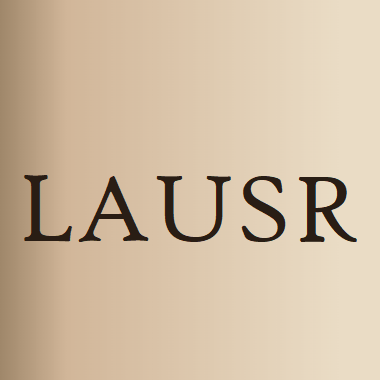
Common bunt of wheat caused by Tilletia laevis and/or T. caries (syn. T. tritici), is a major disease in wheat-growing regions worldwide that could lead to 80% or even total… Click to show full abstract
Common bunt of wheat caused by Tilletia laevis and/or T. caries (syn. T. tritici), is a major disease in wheat-growing regions worldwide that could lead to 80% or even total loss of production. Even though T. laevis can be distinguished from T. caries on the bases of morphology of teliospores using microscopy technique. However, molecular methods could serve as an additional method to quantify the pathogen. To develop a rapid diagnostic and quantify method, we employed the ISSR molecular marker for T. laevis in this study. The primer ISSR857 generated a polymorphic pattern displaying a 1385 bp T. laevis-specific DNA fragment. A pair of specific primers (L57F/L57R) was designed to amplify a sequence-characterized amplified region (SCAR) (763 bp) for the PCR detection assay. The primers amplified the DNA fragment in the tested isolates of T. laevis but failed in the related species, including T. caries. The detection limit of the primer set (L57F/L57R) was 5 ng/µl of DNA extracted from T. laevis teliospores. A SYBR Green I real-time PCR method for detecting T. laevis with a 100 fg/µl detection limit and droplet digital PCR with a high sensitivity (30 fg/µl detection limit) were developed; this technique showed the most sensitive detection compared to the SCAR marker and SYBR Green I real-time PCR. Additionally, this is the first study related the detection of T. laevis with the droplet digital PCR method.
Journal Title: Scientific Reports
Year Published: 2020
Link to full text (if available)
Share on Social Media: Sign Up to like & get
recommendations!